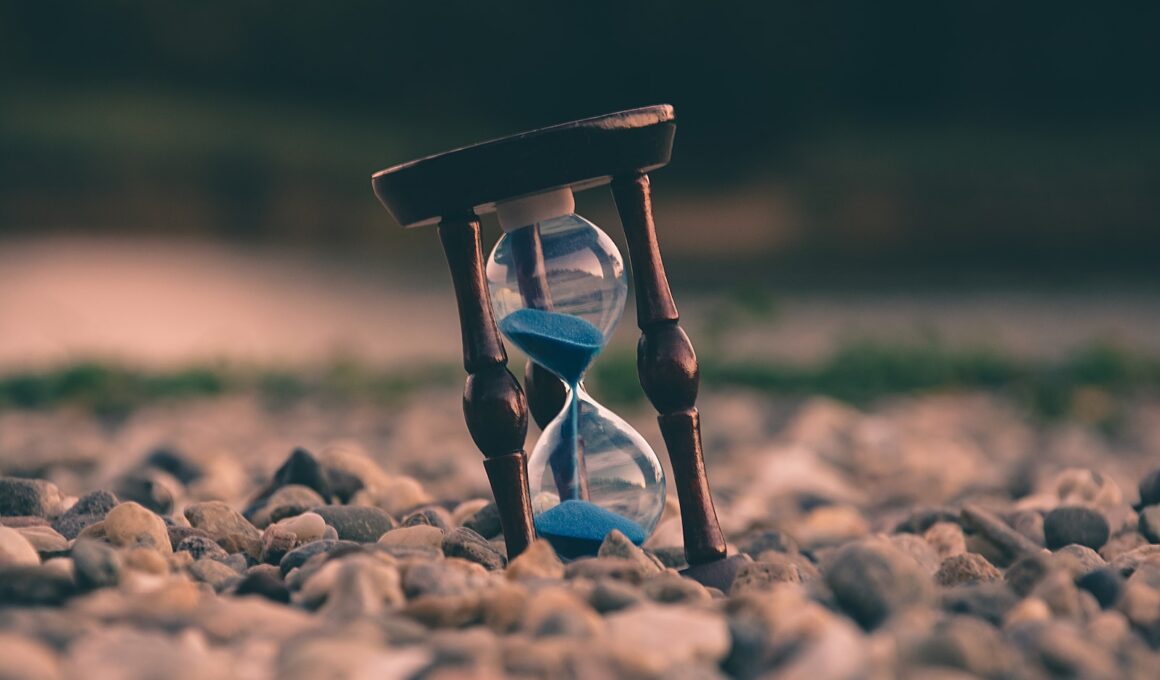When ejaculated from the body, sperm can survive for up to five days in the female genital tract. However, the chance of sperm fertilizing an egg is extremely low.
This is because sperm requires a precise environment of warmth and humidity to survive. This is why it’s important to know your fertile window.
The Vaginal Canal
The vagina is a muscular, highly expandable canal that connects the vulva on the outside with the uterus and cervix inside. It has an internal mucous lining, nerve fibers, blood vessels and lymphatic ducts. It’s used for menstruation, intercourse and childbirth.
When a man ejaculates, the semen moves down the vaginal canal and into the female genital tract. It’s a long journey for sperm, and only the fastest ones make it all the way to the cervix. From there, they must travel up through the cervical mucus and the upper genital tract to reach the fallopian tubes and egg.
Once sperm are deposited in the cervical mucus or the upper genital tract, they can live for up to five days. This allows them to fertilize an egg even if the woman doesn’t have intercourse on the day of ovulation.
Outside the body, however, sperm survive only for a few minutes. They require precise conditions of warmth and moisture to thrive. That’s why getting pregnant from sperm that disperses in the water of a hot tub or a warm bath is unlikely—the steamy water, soap and chemicals in it are toxic to sperm. In a lab under the right conditions, though, sperm can survive for weeks when stored at a lowered temperature or for years when frozen. The same is true for the sperm used for artificial insemination.
The Cervical Mucus
The cervical mucus is the liquid that covers the female cervix and the opening to the fallopian tubes. When a woman ovulates, this liquid thickens and becomes egg-white in consistency. This is what sperm travels through to reach the uterus, and it’s what makes conception possible during a woman’s fertile window, the six days before and after ovulation. Without this cervical mucus, sperm die very quickly. Sperm exposed to room air on clothing, bed linens or toilet seats, for instance, lose their motility and die within 30 minutes. And sperm deposited on skin or dry surfaces die within a few hours.
When a woman isn’t ovulating, however, there is very little cervical mucus present. In the days leading up to ovulation, as a woman’s hormone levels change and she enters her fertile window, cervical mucus production ramps up as much as ten-fold. It also changes from an opaque to a slippery texture, providing just the right hosting environment for sperm as they speed up towards the uterus.
Because of the fluidity of cervical mucus, sperm can survive inside the cervical canal and the fallopian tubes for up to five days after intercourse. This is why it’s so possible for a woman to get pregnant after having unprotected sex even if she doesn’t have a period. Sperm can also live for weeks when stored at a low temperature and for decades when frozen.
The Uterus
The uterus is the female reproductive organ that houses an egg, which is fertilized by sperm. It’s also where the fetus develops and grows during pregnancy. In humans, the uterus is shaped like an upside down pear, with thick muscular walls and a narrow cervix that connects it to the vagina. Its function is to nourish the fetus during pregnancy and carry it to term once an embryo is implanted.
Inside a woman’s body, ejaculated sperm can survive for up to five days, but they will only remain viable inside the female reproductive tract and cervix. That’s why it is important to have sex during the “fertile window,” which includes the days leading up to and following ovulation. During this time, cervical mucus is produced that provides a safe and fertile environment for sperm to survive, making it easier for them to reach the egg.
During this time, the uterus produces a special type of cervical mucus that promotes sperm survival by keeping it moist and slippery. The cervix also creates small channels off the cervical canal called cervical crypts, which act as temporary storage spaces for sperm, helping them to wait until it is the right time to fertilize an egg. This is why it’s possible to get pregnant after having sex even weeks before the actual day of ovulation.
The Fallopian Tubes
The last obstacle sperm must face is the fallopian tubes. Men can ejaculate upwards of 100 million sperm, but only one will eventually reach and fertilize the egg. It’s a tough journey and many sperm don’t make it. Some experts believe this is nature’s way of weeding out the weaker sperm to ensure that the strongest ones survive.
Once sperm enters the woman’s reproductive tract, it can survive for up to five days after ejaculation. This is because cervical mucus and the uterus provide them with food and a protected environment. However, sperm must be alive and swimming in order to fertilize an egg, so the sooner a man ejaculates, the better his chances are of getting pregnant.
In excellent laboratory conditions with a nutrient medium, sperm can survive for up to seven days after ejaculation. But it’s important to remember that this is not the same as having sex in the wild, where there is no protection or sperm-friendly environment to help them along.
The urban myth of two teenagers making out in a hot tub and resulting in pregnancy is based on a misunderstanding of the sperm life cycle. Aside from a jacuzzi, most hot tubs and warm baths are too steamy to allow sperm to survive for more than a few minutes. Even then, the sperm’s ability to fertilize an egg is highly unlikely.









